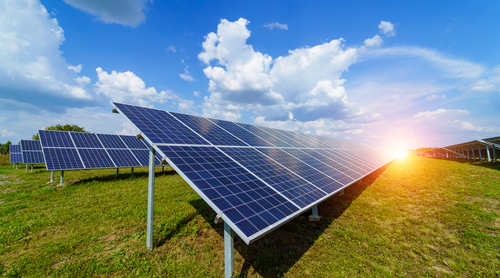Main Menu
Solar Panel Enhancer (SpE) Photocatalyst
The UK’s sudden energy resource squeeze is seeing price increases on gas and electricity, and is creating a solar panel boom, too... up to a 1000% surge in orders in the past weeks for solar modules, as energy prices have reportedly trebled since 2001, with the average cost of domestic gas rising by 221%, compared to 193% for electricity, according to one market report.
PV Magazine; 12th October 2021
Unique Market Solution
Features to enhance solar panel efficiency
- Methanol Binder
- Water based - Safe for global shipping, non hazardous for confined space.
- Water-based special

Water-based Special
SiO2 (silicon dioxide) ⇒ super-hydrophilic effect
Silica makes the base material, and the functional materials adhere to each other. Using various types of silica, with different grain diameters and functional nanomaterials (between 5 and 15 nM) unevenly aligned, provides a stronger hydrophilic effect is achieved according to the fractal theory.SnO2 (tin oxide) ⇒ anti-static effect
The coating uses SnO2 as the anti-static material which prevents the build-up of sand and carbon. It minimises the adhesion and makes it easy to remove the contamination.
Pt (Platinum) ⇒ improves adhesion
grips the components to the glass, hardens the coating anti-static platinum is also used for its low reflecting characteristics.
TiO2 (titanium oxide)
The photocatalyst properties of TiO2 decomposes organic contamination, TiO2 does not reduce the transmittance of light on the solar panel.
UA (silver oxide) ⇒ antibacterial effect
The inorganic coating is only a few Nm thick, and due to its hydrophilic characteristics, readily repels water and water-borne contamination. Rather than wetting the surface, water droplets form beads on the coating and roll-off at low angles. Solid contamination, such as dust and sand, is easily removed by wind or using minimal amounts of water.
